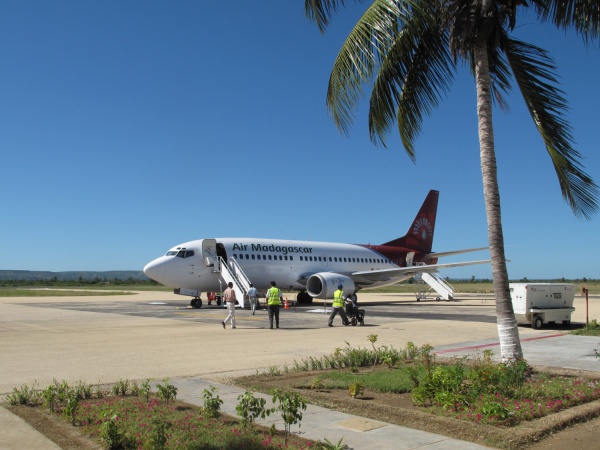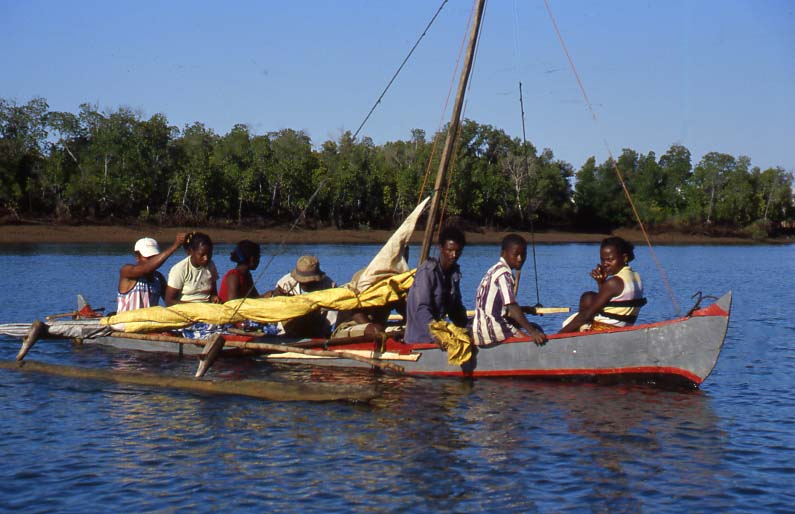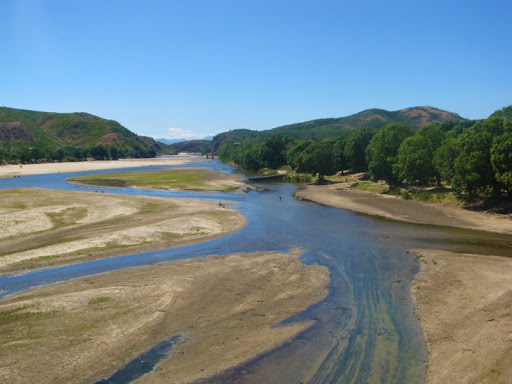This relatively new National Park is across the bay from Soalala, occupying the better part of the northwest peninsula and extending east across the bay to Cap Sada.
It protects a variety of terrestrial and aquatic ecosystems: mangrove forests, coastal dunes rivers, permanent lakes and dense dry semi - deciduous forests.

The idyllic coastal villages surrounding the park offer visitors a glimpse into the Sakalava way of life.
Bemosary, Maroalika and Batainomby feature the most attractive white-sand beaches on the peninsula.
Camping is permitted, but there are no facilities.
The two must-see inhabitants of the park are the ploughshare tortoise, endemic to the park, and the very rare Madagascar fish eagle.

Baie de Baly also hosts a large community of migratory birds including the greater flamingo.
Dolphins have also been known to trail the outgoing boat traffic.

http://magicnamibia.blogspot.com
http://magicbotswana.blogspot.com
http://magicsouthafrica.blogspot.com
http://magicmadagascar.blogspot.com
http://magicmozambique.blogspot.com
http://magiadinamibia.blogspot.com
http://vagabondoinafrica.blogspot.com









